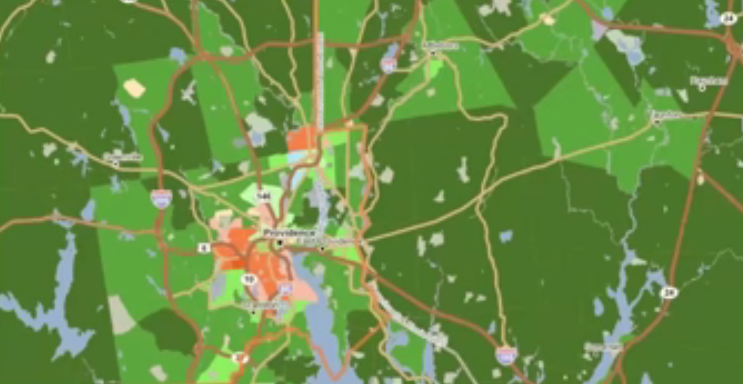Easy Mapping for Public Health Insights

In case you missed the Insights into Public Health webinar, we have posted the session below with some great details regarding the datasets! We hope you found it valuable but please don’t hesitate to contact us with any additional questions.
As mentioned during the webinar, PolicyMap has a wealth of data that can be useful for a Community Health Needs Assessment (CHNA) or other work in the public health realm. This includes data concerning physical health, infant and maternal health, uninsured populations, various federal programs, and the location of health facilities such as hospitals and FQHCs. In addition, the tool includes a broad array of data related to social determinants of health, such as demographics, income, healthy food access, the economy, housing, public transportation, etc.
We are also excited to announce that within the next few months, we will be adding data from the Behavioral Risk Factor Surveillance System (BRFSS) as well. These indicators will include alcohol consumption, cholesterol awareness, chronic health indicators, disability, healthcare access/coverage, health status, hypertension awareness, immunization, injury, overweight and obesity, physical activity, tobacco use, and fruit and vegetable consumption. These data will be available down to the census tract level, so it will provide users with a granular look at the health of neighborhoods.
In addition to hosting such a breadth of data, a big part of what makes PolicyMap so powerful is the scope of what you can do with the data. Beyond just layering it on the map, it is easy to create your own custom regions, upload your own data, run analytics, and generate reports and tables.
Given the time constraints of the webinar, it would have been impossible to show you all the data and powerful functionality that PolicyMap has. One feature that we did not get a chance to show was an example of a widget, which is a customizable map that you can either host on your website or use for internal purposes. The Kentucky Department of Public Health is an example of a public health subscriber that incorporates a widget into their website as a way to make their data available to local health departments throughout the state.
Be sure to visit Mapchats to find future topics!